Woven of metal, wire mesh has countless uses in areas ranging from security to filtering. It may be found in fencing, used for separating particles during sifting, or to craft stunning jewellery pieces. Industrially, wire cloth can be woven as a result of metal wire mesh and provides a vast variety of benefits.
Countless metals can be utilised to create wire mesh – stainless steel, galvanised steel, brass, bronze, aluminum and diverse alloys are all commonly employed. Furthermore, there exists a multitude of unique weaves such as plain weave, twill weave and Dutch weave that are available for use in the fabrication of these components.
Type 304 stainless steel wire mesh is one of the most common varieties used today. This particular alloy earns its name – 18-8 – from the 18% chromium and 8% nickel it is composed of. Among all stainless steel types, Type 304 stands out for its ability to resist corrosion, its capacity for being welded, and its versatility in forming.
Wire mesh made from type 304 stainless steel can be employed in many diverse contexts, from food processing and pharmaceutical manufacture to chemical production and petrochemicals. Additionally, its impressive resistance to corrosion serves a considerable purpose for applications in marine settings or any environment with salty water.
Wire mesh has a multitude of applications, ranging from straining to filtration. It serves as a fundamental material for producing wire cloth, which is essential for an array of industrial activities.
Related Product
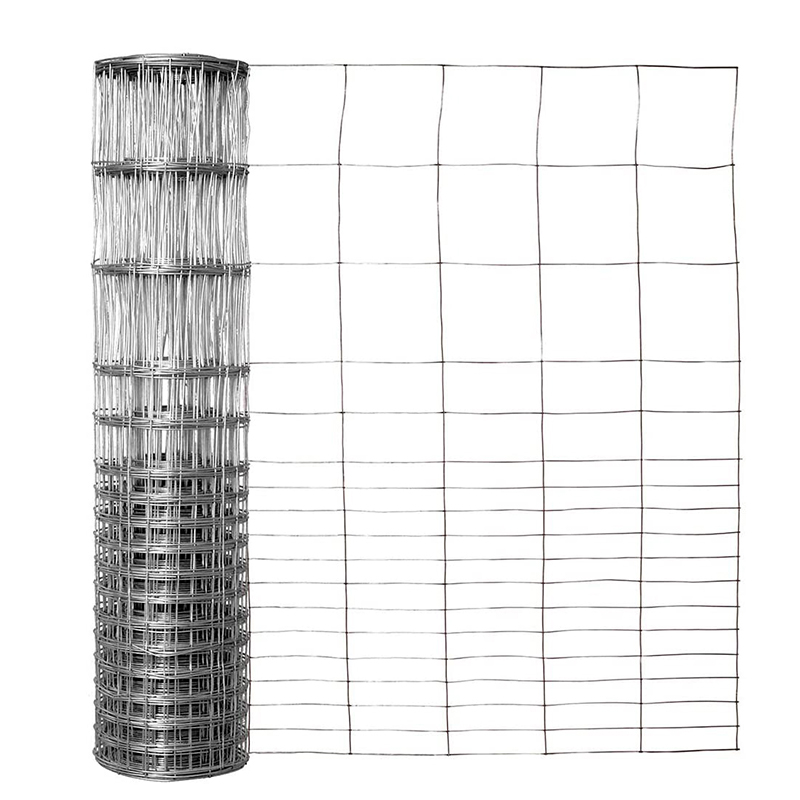
Hot Dip Galvanized Steel Field Fence
Product information: Field Fence also called Grassland Fence,Cattle Fence,Kraal Network Fence,Farm Fence is a widely used in America and Europe.Field fence is manufactured in a wid […]
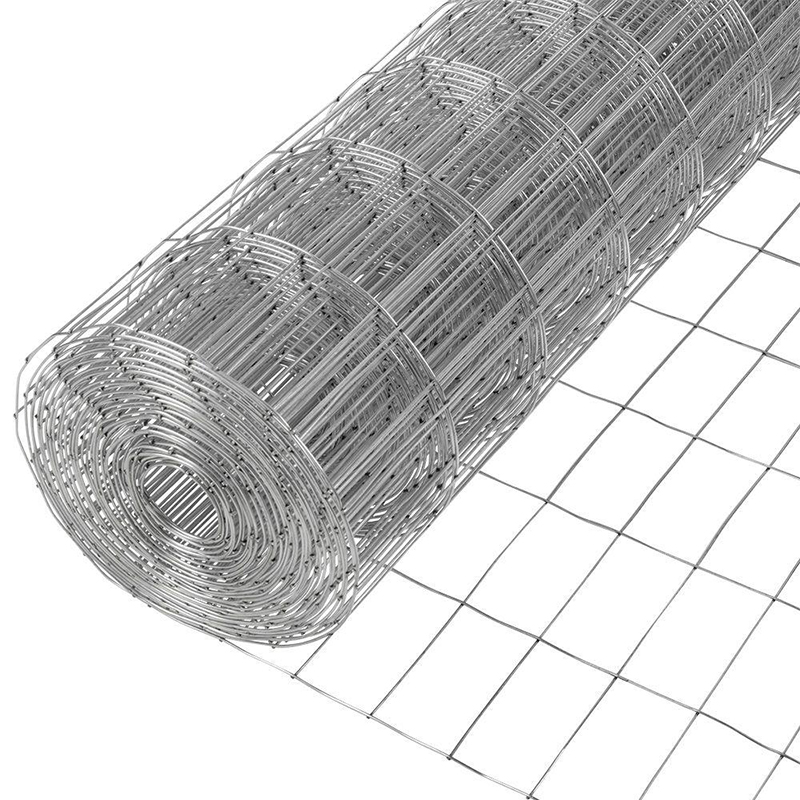
Welded Wire Mesh
Welded wire mesh is one popular materials in concrete, construction and industry. It is made of low carbon steel wire, stainless steel wire after welding and surface treating. Weld […]
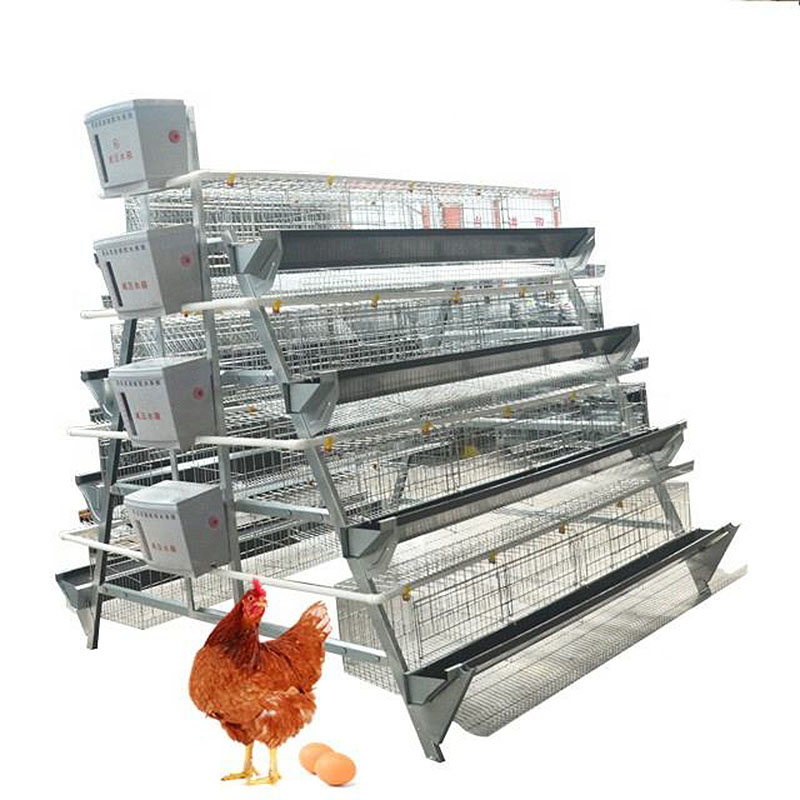
Chicken Cage
Product information: A type 3 tiers for 96-120 chickens Type A type, 3 tiers A type, 3 tiers A type, 3 tiers A type, 3 tiers Size per unit 1.88m*1.8m*1.6m 2.0m*1.8m*1.62m 2.2m*2.4m […]
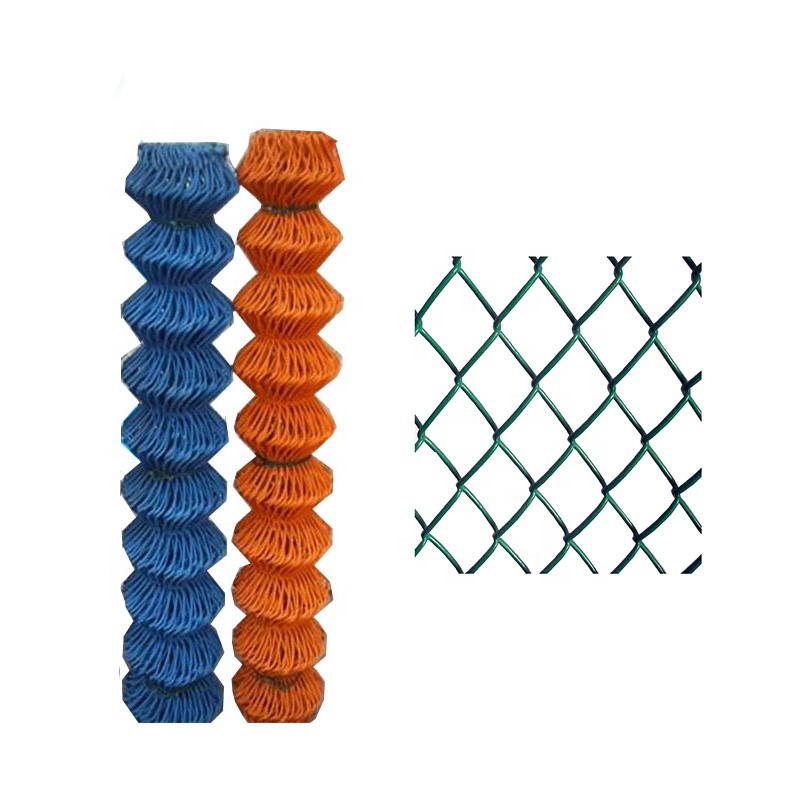
Chain Link Fence
Product information: Specification: Galvanized chain link fence Mesh Wire gauge Width Length 1″ BWG11,12,13,14 0.5-4m 0.5-25m 1-1/2″ BWG8,9,10,11,12,13 0.5-4m 0.5-25m 2 […]
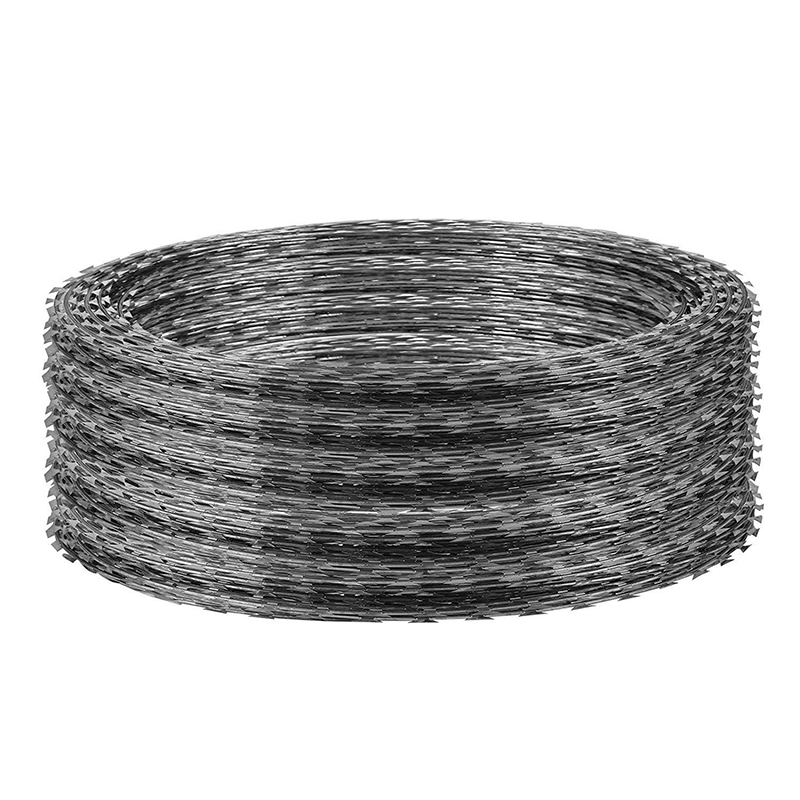
Razor Wire
Product information: Concertina Razor Wire is widely used for construction of high security fencing projects in military and national defence. We export directly and supply Razor W […]
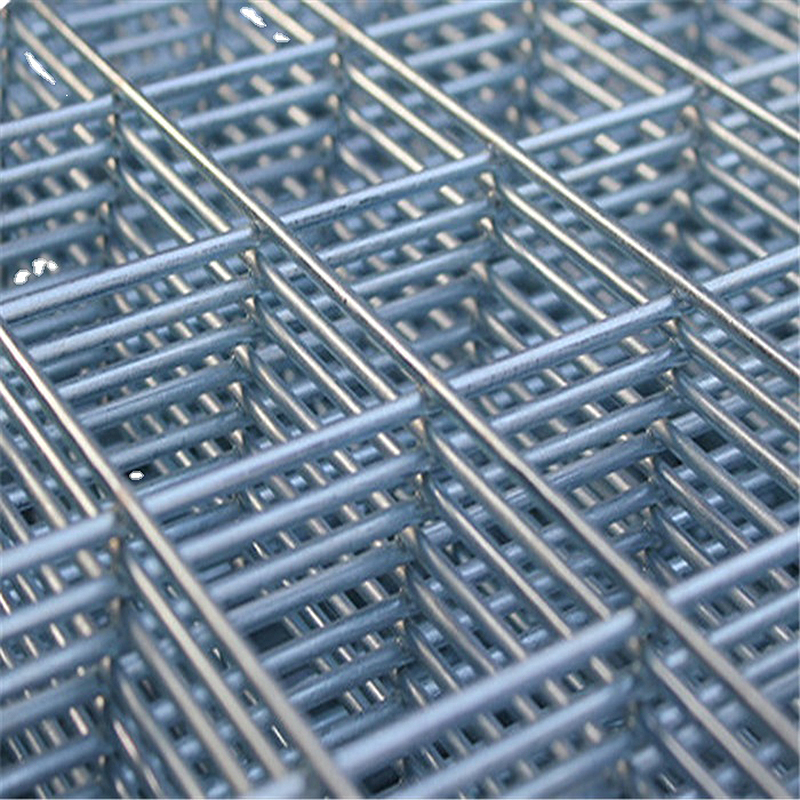
Welded Wire Mesh Panels
Product information: 1.Materials:Stainless steel wire, Low carbon steel wire, Galvanized wire 2.Style: (1)Electro or Hot dipped galvanized after or before welding; (2)Stainless ste […]
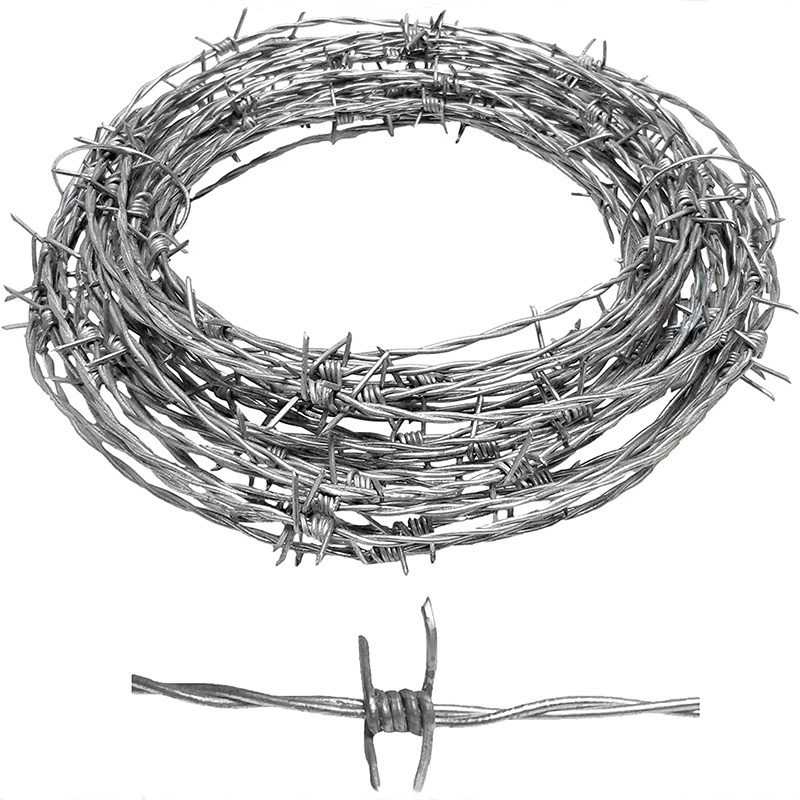
Barbed Wire
Product Information: Barbed Wire Material High quality low carbon steel wire, iron wire, etc. Category 1.Hot dipped galvanized 2.Electric galvanized 3.PVC coated Weving and Charact […]
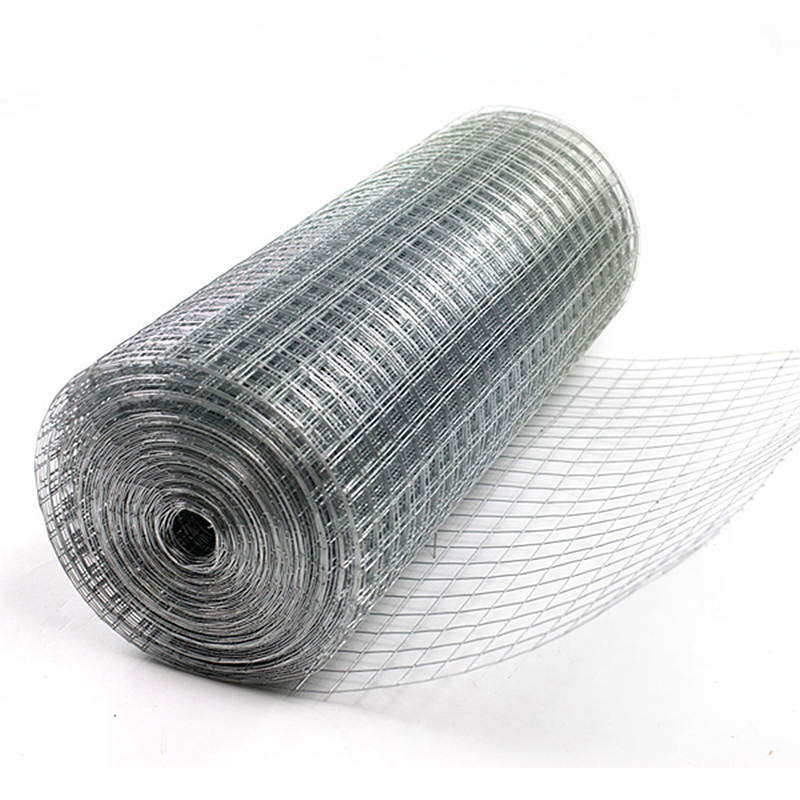
Hardware Cloth
Product information: Welded wire mesh is welded form superior low carbon steel wire and then galvanized or pvc coated or stainless steel wire and then welded. It features smooth su […]
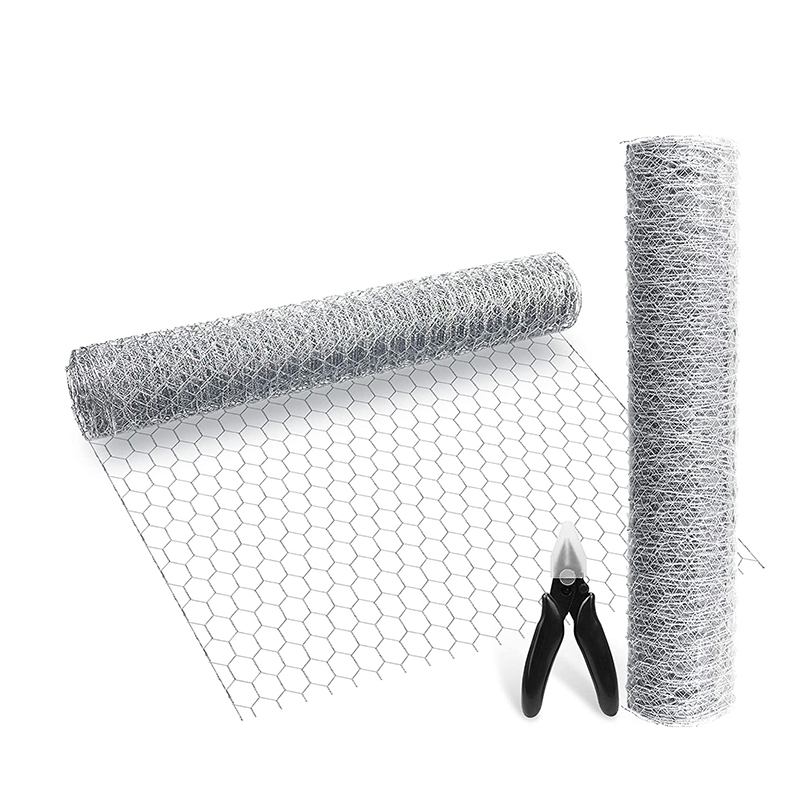
Hexagonal Wire Mesh
Product information: PVC Coated Hexagonal Wire Netting Mesh Wire Gauge (MM) Width Inch MM – – 1/2″ 13mm 0.6mm – 1.0mm 2′ – 2M 3/4″ 19mm 0. […]
Post time:2023-06-30

